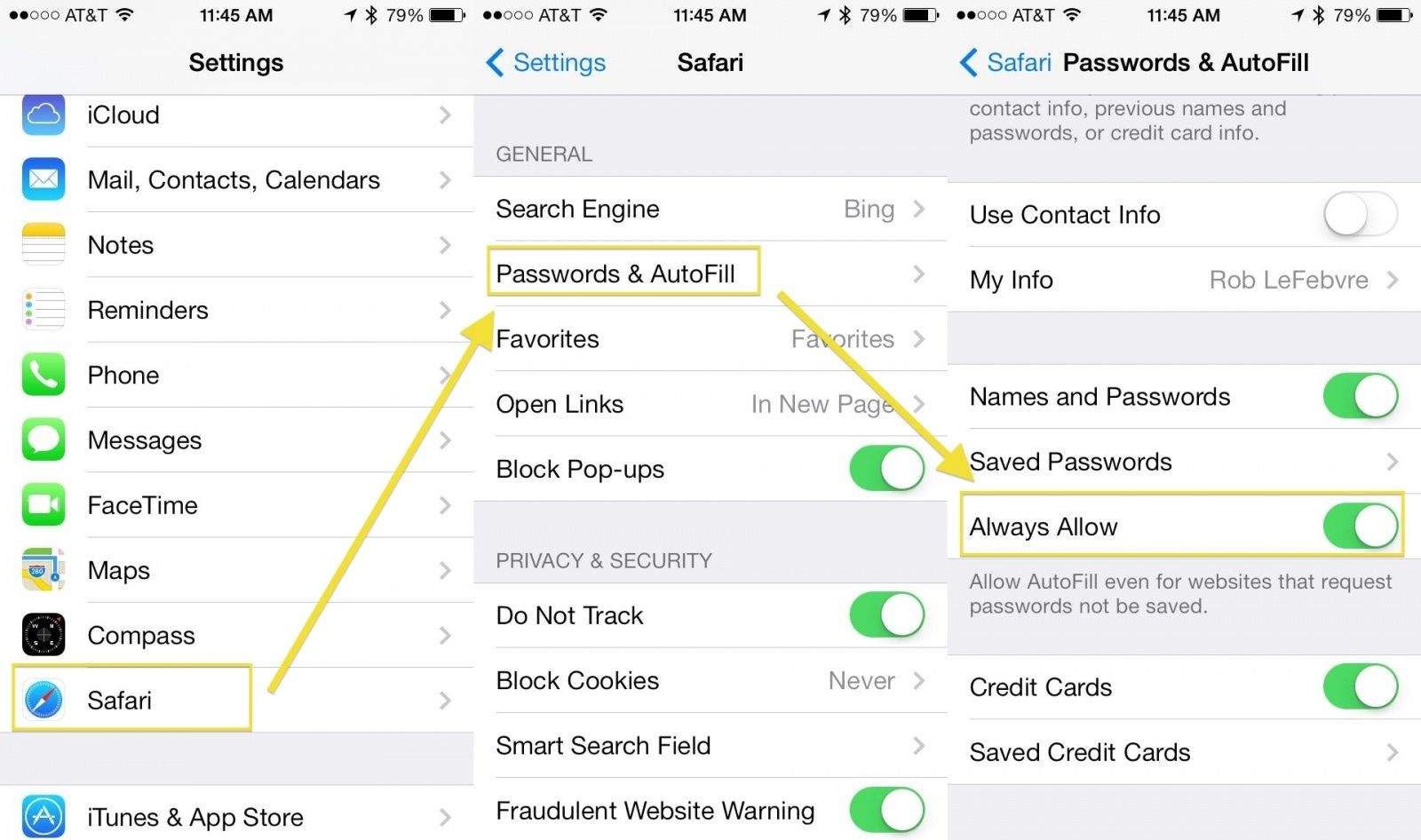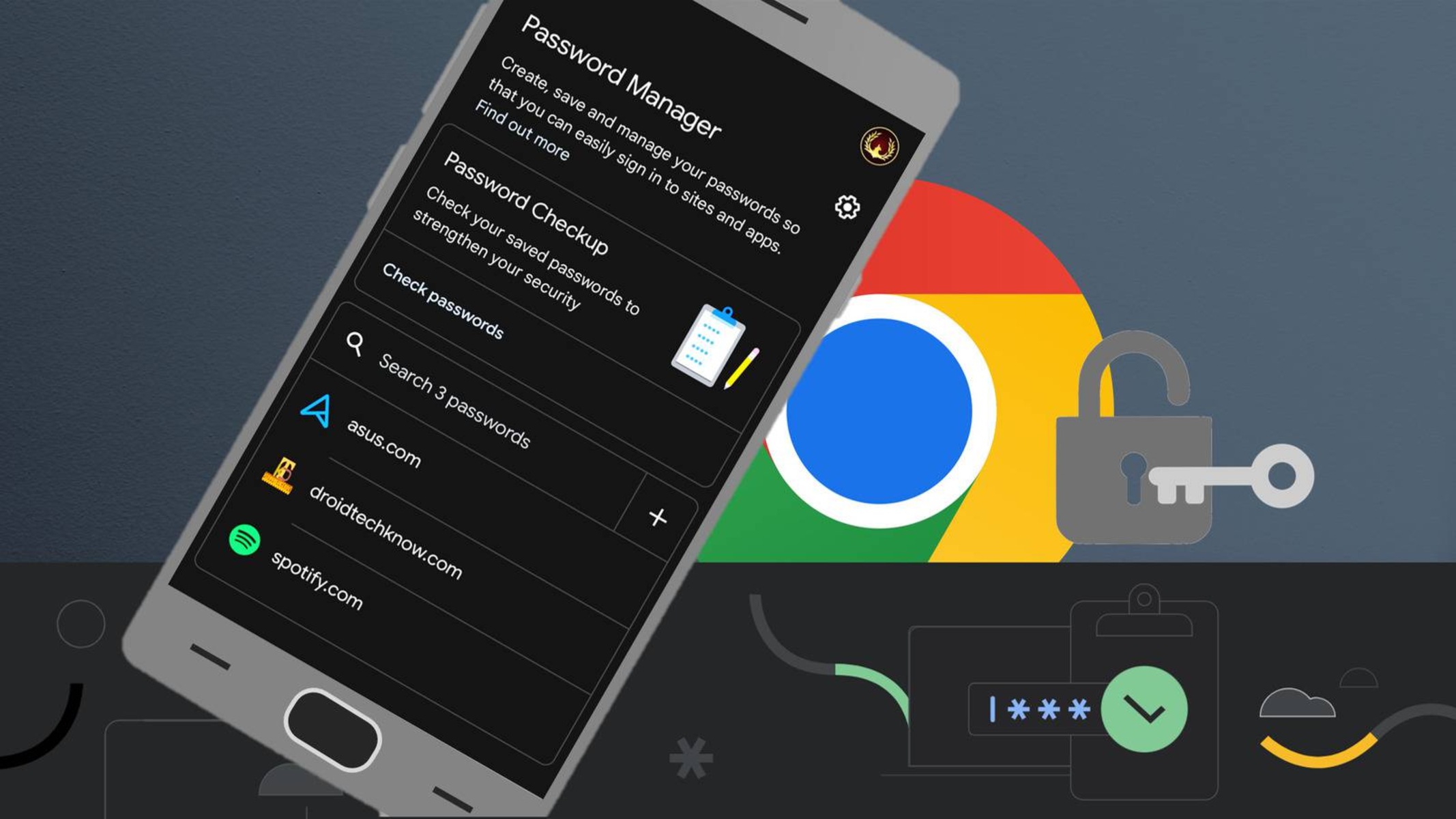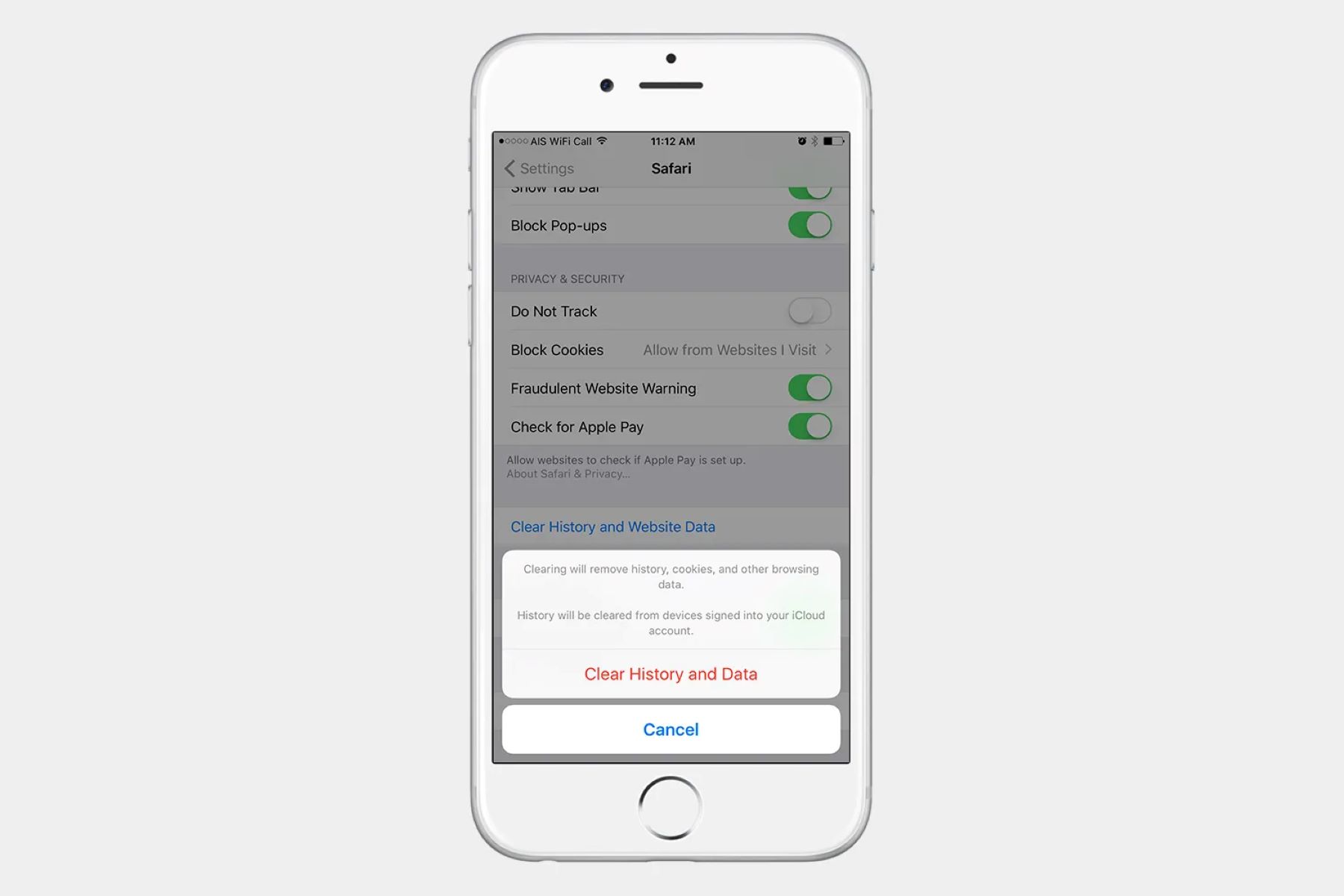Introduction
Safari, the default web browser for Apple devices, offers a seamless and secure browsing experience. One of its convenient features is the ability to save passwords for various websites, eliminating the need to repeatedly enter login credentials. While this feature enhances user convenience, there are instances when users may need to delete saved passwords in Safari. Whether it's due to security concerns, the need to clear clutter, or simply wanting to start afresh, knowing how to manage saved passwords in Safari is essential.
In this article, we will delve into the process of deleting saved passwords in Safari, providing step-by-step guidance to ensure a smooth and hassle-free experience. Additionally, we will explore the Safari Password Manager, shedding light on how users can effectively manage their saved passwords to maintain a secure and organized browsing environment.
Understanding the intricacies of Safari's password management system empowers users to take control of their online security and privacy. By the end of this article, readers will be equipped with the knowledge and confidence to navigate Safari's password settings with ease, enabling them to make informed decisions about their saved passwords. Let's embark on this journey to unravel the nuances of Safari's password management and empower users to wield greater control over their browsing experience.
Accessing the Safari Password Manager
Accessing the Safari Password Manager is a straightforward process that allows users to view, edit, and delete their saved passwords. This feature is particularly useful for individuals who wish to manage their online credentials efficiently. To access the Safari Password Manager on a Mac, follow these simple steps:
-
Open Safari: Launch the Safari web browser on your Mac device. The Safari icon can typically be found in the dock or the Applications folder.
-
Navigate to Preferences: Once Safari is open, click on "Safari" in the top menu bar, and then select "Preferences" from the dropdown menu. Alternatively, you can use the keyboard shortcut "Command + ," to directly access the Preferences window.
-
Select the Passwords Tab: Within the Preferences window, navigate to the "Passwords" tab. You may be prompted to authenticate using your Mac's login credentials or Touch ID to access the saved passwords.
-
View Saved Passwords: Upon accessing the Passwords tab, you will be presented with a list of websites for which Safari has saved your login credentials. Each entry typically includes the website's URL, your username, and an obscured password for security purposes.
-
Search for Specific Passwords: If you have numerous saved passwords, you can use the search bar within the Passwords tab to quickly locate a specific website or set of credentials.
On iOS devices, such as iPhones and iPads, the process of accessing the Safari Password Manager is equally intuitive:
-
Open Settings: Navigate to the "Settings" app on your iOS device.
-
Scroll and Select Safari: Within the Settings menu, scroll down and tap on "Safari" to access the browser's settings.
-
Tap on Passwords: Under the Safari settings, tap on "Passwords." You may be required to authenticate using your device's passcode, Touch ID, or Face ID.
-
View and Manage Saved Passwords: Once in the Passwords section, you can view, edit, and delete your saved passwords for various websites.
By following these steps, users can effortlessly access the Safari Password Manager on both Mac and iOS devices, enabling them to efficiently manage their saved passwords and maintain a secure browsing experience.
Deleting Saved Passwords
Deleting saved passwords in Safari is a crucial aspect of managing one's online security and privacy. Whether it's to remove outdated credentials, enhance security, or simply declutter the password manager, the process of deleting saved passwords is straightforward and empowers users to maintain a tidy and secure browsing environment.
To delete a saved password in Safari on a Mac, follow these simple steps:
-
Access Safari Preferences: Open Safari and navigate to the "Safari" menu in the top menu bar. From the dropdown menu, select "Preferences" or use the keyboard shortcut "Command + ,".
-
Navigate to the Passwords Tab: Within the Preferences window, click on the "Passwords" tab. You may need to authenticate using your Mac's login credentials or Touch ID.
-
Select the Password to Delete: In the Passwords tab, locate the entry for the website whose password you want to delete. This typically includes the website's URL and your username.
-
Delete the Password: To delete the saved password, select the entry and click on the "Remove" or "Delete" option. You may be prompted to confirm the deletion.
On iOS devices, the process of deleting saved passwords in Safari is equally straightforward:
-
Open Safari Settings: Access the "Settings" app on your iOS device.
-
Navigate to Safari Passwords: Scroll and tap on "Safari" within the Settings menu, then select "Passwords."
-
Locate the Password to Delete: In the Passwords section, find the entry for the website whose password you wish to delete.
-
Delete the Password: Tap on the entry and choose the option to delete the saved password. You may be required to confirm the deletion using your device's authentication method.
By following these steps, users can efficiently delete saved passwords in Safari, ensuring that their password manager remains up to date and free from unnecessary or outdated credentials. This proactive approach to managing saved passwords contributes to a more secure and organized browsing experience, aligning with best practices for online security and privacy.
Deleting saved passwords in Safari is a proactive step towards maintaining a secure and organized browsing experience, aligning with best practices for online security and privacy.
Managing Saved Passwords
Managing saved passwords in Safari goes beyond simply deleting outdated credentials. It involves actively organizing and maintaining a secure repository of login information for various websites. By adopting effective strategies for managing saved passwords, users can streamline their browsing experience and bolster their online security.
Utilizing Folder and Label Features
Safari offers the functionality to create folders and labels within the Password Manager, allowing users to categorize and group their saved passwords based on different criteria. This feature is particularly beneficial for individuals who frequent multiple websites across various categories, such as work-related platforms, personal accounts, or online shopping destinations. By organizing passwords into folders and assigning labels, users can swiftly locate specific credentials and ensure a structured approach to password management.
Updating and Refreshing Credentials
Regularly reviewing and updating saved passwords is essential for maintaining a secure online presence. Websites may periodically prompt users to update their login information for security purposes. Additionally, individuals should proactively refresh their passwords to align with best practices for password security, such as using strong, unique passwords for each website. Safari's Password Manager facilitates this process by enabling users to edit and update their saved credentials seamlessly.
Leveraging Password AutoFill Features
Safari's Password AutoFill feature enhances user convenience by automatically populating login fields with saved credentials. By leveraging this feature, users can expedite the login process and minimize the risk of typing errors. Furthermore, Password AutoFill streamlines the browsing experience across different devices, as saved passwords sync seamlessly between Apple devices using iCloud Keychain. This synchronization ensures that updated passwords are readily available across all linked devices, promoting a cohesive and efficient password management experience.
Embracing Two-Factor Authentication
In conjunction with managing saved passwords, users should consider implementing two-factor authentication (2FA) whenever possible. Two-factor authentication adds an extra layer of security by requiring a secondary form of verification, such as a code sent to a trusted device, in addition to the password. Safari's Password Manager seamlessly integrates with 2FA, allowing users to store and manage 2FA codes alongside their saved passwords. Embracing 2FA enhances the overall security posture and complements the management of saved passwords in Safari.
By embracing these strategies and features within Safari's Password Manager, users can elevate their approach to managing saved passwords, fostering a secure and organized browsing environment while optimizing user convenience.
Conclusion
In conclusion, mastering the art of managing saved passwords in Safari is pivotal for maintaining a secure and organized browsing experience. By understanding the intricacies of Safari's Password Manager and leveraging its features, users can take proactive steps to safeguard their online security and privacy.
The ability to access the Safari Password Manager effortlessly empowers users to view, edit, and delete their saved passwords with ease. Whether on a Mac or iOS device, the intuitive interface of the Password Manager ensures that users can navigate their saved credentials seamlessly, fostering a sense of control and transparency over their online accounts.
Deleting saved passwords in Safari is a proactive measure that aligns with best practices for online security. By removing outdated or unnecessary credentials, users can declutter their password manager and ensure that only relevant and up-to-date login information is retained. This approach not only enhances security but also streamlines the browsing experience, allowing users to focus on accessing their preferred websites without the burden of managing obsolete passwords.
Furthermore, effective management of saved passwords in Safari extends beyond deletion. By organizing passwords into folders, updating credentials, leveraging Password AutoFill, and embracing two-factor authentication, users can elevate their approach to password management. These strategies not only enhance security but also optimize user convenience, contributing to a seamless and efficient browsing experience across various websites and devices.
In essence, the journey of managing saved passwords in Safari is a proactive endeavor that empowers users to take control of their online security and privacy. By embracing the features and best practices outlined in this article, individuals can navigate the digital landscape with confidence, knowing that their saved passwords are managed effectively and their online accounts are safeguarded.
As technology continues to evolve, the importance of robust password management cannot be overstated. Safari's Password Manager serves as a valuable tool in this regard, offering a user-friendly interface and essential features to support users in their quest for a secure and organized online presence. By embracing these principles and harnessing the capabilities of Safari's Password Manager, users can embark on a journey towards a more secure and streamlined browsing experience.

























